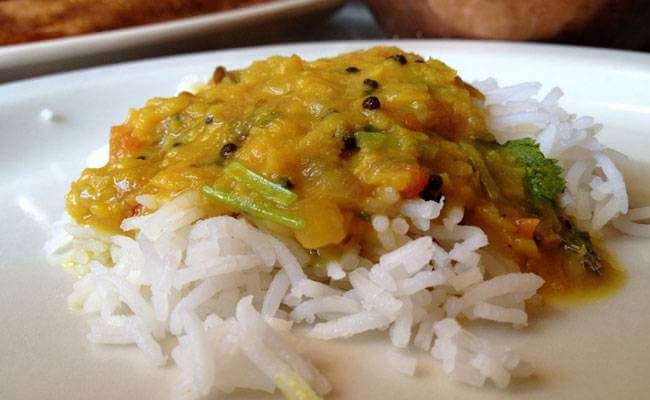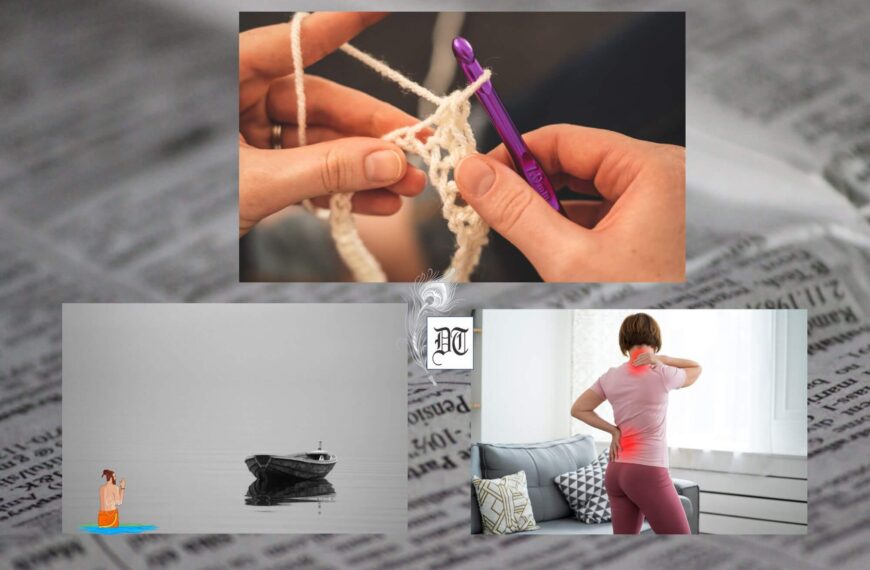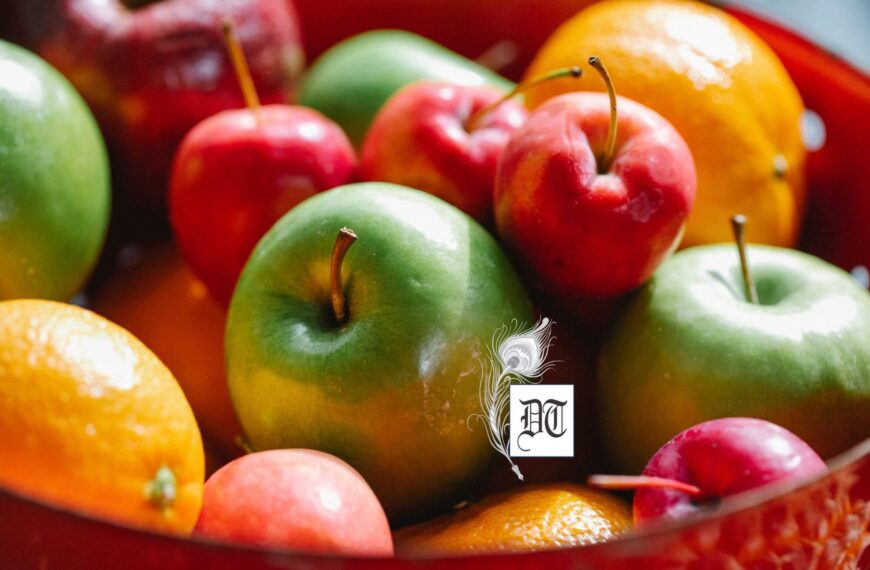Shalabh Asana and Dhanur Asana, with its variations, are very good for basic backbends. It helps in the agility. The first pose aids digestion and relieves gastric troubles and flatulence. Since the spine is stretched back it becomes elastic and the pose relieves pain in the sacral and lumbar regions. Persons suffering from slip discs have benefitted greatly from this pose without recourse to enforced rest or surgical treatment. The bladder and the prostate gland also benefit from the exercise and remain healthy. It paves way for the practice of other backbends that can be even better for the flexibility of the spine and lower back. Dhanur Asana brings elasticity to the spine and tones the abdominal organs. The sideways roll further massages the abdominal organs by pressing them against the floor. Navodita, our Yoga expert, reveals more about holistic health, in the weekly column, exclusively for Different Truths.
So far we have trained you in doing forward-bends, twisting poses, supine, and few types of Pranayama, getting into Bandhas and Mudras, relaxing and meditating in various ways. Now, we will tell you how to bend your back and get some agility. Few basic backbends to begin with which may be more like a warmup for the lower back and spine are Shalabh Asana, Dhanur Asana, Bhujanga Asana and Urdhva Mukhasvana Asana.
Shalabh Asana
Shalabh means a locust. The pose resembles a locust resting on the ground, hence the name. In order to get into the pose, you have to lie full length on the floor on your stomach, facing downwards. Stretch both your arms back. Exhale, lift the head, chest, and legs off the floor simultaneously as high as possible. The hands should not be placed and the ribs should not rest on the floor. Only the abdominal front portion of the body rests on the floor and bears the weight of the body. Contract the buttocks and stretch the thigh muscles. Keep both legs fully extended and straight, touching at the thighs, knees and ankles. Do not bear the weight of the body on the hands but stretch them back to exercise the upper portion of the back muscles. Stay in this pose as long as you can with normal breathing. In the beginning, it is difficult to lift the chest and the legs off the floor, but this becomes easier as the abdominal muscles grow stronger
Shalabh Asana Variation I
A variation of the pose may also be tried to relieve aches in the lower part of the back. Here the legs are bent at the knees and the thighs are kept apart, while the shins are kept perpendicular to the floor. Then with an exhalation, the thighs are lifted off the floor and brought closer together until the knees touch, the shins still being kept perpendicular.
Shalabh Asana Variation II
Yet another variation is that you lie down on the floor on your stomach. Place your arms by the side. Now exhale and lift one leg, the right leg first, off the floor from the thighs. Keep it straight as the other leg is firmly placed on the floor. Stay in this pose for about twenty seconds. Lift the other leg, the left leg off the floor from the thigh upwards. Exhale and get into this pose keeping the other leg firmly placed on the floor. Arms will be on the floor by your side. Keep your leg suspended in the air for about twenty seconds. Now form a fist with your hands and place it around your groins. Exhale and lift both your legs simultaneously. Legs should be lifted straight up and be kept in that position for about twenty seconds. Breathe normally in the pose.
This pose aids digestion and relieves gastric troubles and flatulence. Since the spine is stretched back it becomes elastic and the pose relieves pain in the sacral and lumbar regions. Persons suffering from slip discs have benefitted greatly from this pose without recourse to enforced rest or surgical treatment. The bladder and the prostate gland also benefit from the exercise and remain healthy.
This pose paves way for the practice of other backbends that can be even better for the flexibility of the spine and lower back, Dhanur Asana being one.
Dhanur Asana
Dhanu means a bow. The hands are used like a bow-string to pull the head, trunk, and legs up and the posture resembles a bent bow.
Lie full length on the floor on the stomach, face downwards. Exhale and bend the knees. Stretch the arms back and hold the left ankle with the left hand and the right ankle with the right hand. Take two breaths. Now exhale completely and pull the legs up by raising the knees above the floor, and simultaneously lift the chest off the floor. The arms and hands act like a bow-string to tauten the body like a bent bow. Lift up the head and pull it as far back as possible. Hold this pose for about twenty to thirty seconds. Then with an exhalation release the ankles, stretch the legs straight, bring the head and the legs back to the floor and relax.
Parsva Dhanur Asana
Parsva means sideways. In this variation of Dhanurasana, one performs the posture lying on one’s side.
Here you have to perform Dhanur Asana, then roll onto the right side and stretch the legs and chest. Inhale and come to the original position. Then exhale and roll over to the left side. Both these postures benefit the spine and ankles.
The spine is stretched back. This asana brings elasticity to the spine and tones the abdominal organs. The sideways roll further massages the abdominal organs by pressing them against the floor.
This strenuous workout of Shalabh Asana and Dhanur Asana may be followed by Shava Asana or the Corpse Pose with deep breathing while lying down. Time now for some lowdown on holistic living with powerful positive thoughts:
- The four steps to the ‘Self’ are- objects of knowing, knowledge, the knowingness, the knower. You can never make the Divine an object of knowing.
- It is in death that the knowingness is not there, just like in sleeping your knowingness is absent.
- What is important is the Bodh Mantra or the state of being awake. You simply have to shake your head and get out of that cycle of the thought process.
- Bodh means that there is knowingness, awareness, not knowledge. Wisdom is just the knowingness which is a quality of the Self.

©Navodita Pande
Photos from the internet.








 By
By

 By
By
 By
By